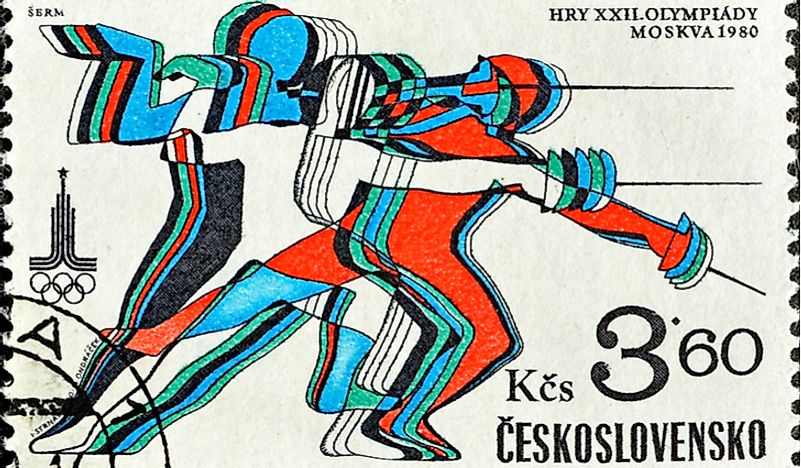Is Czechoslovakia A Country?

Though Czechoslovakia used to be a country, it is no longer a country today. Czechoslovakia was formed in October 1918 and existed as a sovereign state until January 1, 1993. The country was peacefully dissolved to form the Czech Republic (now Czechia) and Slovakia. Located in central Europe, the country was split by consensus. Prime ministers Vladimir Meciar of Slovakia and Vaclav Klaus of Czech met and initiated the dissolution process. The breakup discussions kicked off in June 1992 and on November 25, 1992, the Czechoslovak legislators bowed to pressure and approved the dissolution.
History Of Czechoslovakia
Czechoslovakia was found in 1918 by Tomás Garrigue Masaryk who served as the first president. The 19th century saw a wave of nationalism that was started by philologist and educators who promoted the Czech language. Nationalism grew into a mass movement which sought to protect Slavic speakers from Russians, Australians and Germans and fight for independence. Towards the end of the First World War, Czechoslovakia was formed after Austria-Hungary was dissolved. In 1917, the Pittsburg agreement was signed giving rise to a common country made of the Slovak state and the Czech state. Both countries were to be treated as equals. The country existed as one nation until March 1939 when Adolf Hitler created the first Slovak Republic. The territory was set aside as a satellite republic of Germany. Later the Soviet Union captured the area and led to the reunification of the territory into the third Czechoslovakia Republic. The republic continued as one nation after the Second World War
Separation
Though many citizens desired a united federal country, some major political parties in Slovakia advocated for decentralization. The Slovak call for autonomy affected the daily functioning of the government. Intense negotiations on separation kicked off in June 1992. On July 17, 1992, Slovak Parliament went ahead and adopted the declaration of independence of the Slovak nation. Eventually the Prime ministers Klaus and Mečiar concluded that it was wise to dissolve the Czechoslovakia republic in a meeting held in Bratislava. In September 1992 a public opinion poll was carried out. The outcome was 37% and 36% in favor of the dissolution from Slovaks and Czechs respectively. The sitting president, Václav Havel objected to the dissolution and chose to resign instead of overseeing the dissolution.
Consequences Of The Dissolution
On January 1, 1993, the republics of Czech and Slovak were simultaneously founded. The federal assets were divided between Czech and Slovak on a ratio of 2:1 based on population. The boundaries were set along the existing borderlines. Settlement difficulties have been solved through financial compensation and mutual understanding. The signing of treaties has been done like the Schengen Agreement of 2007 which offers guidelines on border dispute resolution. Both countries are recognized as independent states globally after being admitted as separate member states to the United Nations. Slovaks adopted the euro currency while the Czech use the Czech koruna. Slovak and Czech languages are used in both countries.
Demographics
In 1991 before the split, Czechoslovakia had 15.6 million people. Statistics indicated that the Czech speakers were the majority at 62.8% followed by Slovaks at 31%. Hungarians, Romani, Silesians, Ukrainians, Jews and Germans were the minority. Currently the population estimates of Slovakia is 5.450 million while Czech Republic stands at 10.626 million. The major cities of the Czech Republic are Prague, Brno, Ostrava and Liberec. Bratislava, Košice and Prešov are the most densely populated cities in Slovakia. The main religion in the most the newly formed countries is Christianity.











